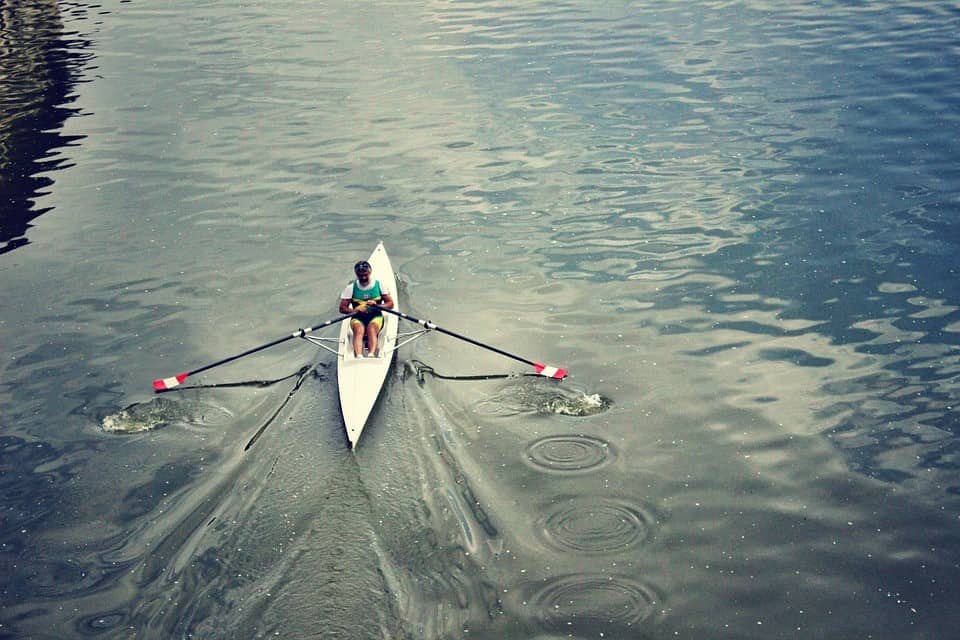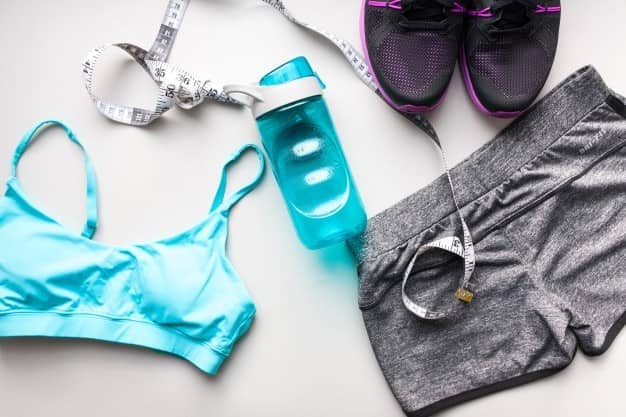Things to do in the wet
Just because it’s raining doesn’t mean you have to stay indoors. If you enjoy being outdoors, here are some activities you can still do in the wet.
Please Note: it’s important to ensure you still take safety precautions while being active in the rain. You don’t want to undertake activities that will cause harm to yourself or others. Rain can cause the ground to be slippery or uneven which can potentially cause accidents. If the rain is impacting your vision, or there is a thunderstorm, it’s best to reconsider your plans.
ROWING

A little bit of rain shouldn’t stop you from rowing or kayaking. You can still go rowing somewhere such as a lake, dam or river, as long as there are still calm water conditions. If you’re rowing in the rain and the temperatures are also cooler, make sure to wear appropriate clothing to avoid getting cold. Make sure your clothing is waterproof and insulated. Avoid going anywhere where the water conditions are dangerous or too cold, in case you fall in.
HIKING

Hiking on the right trail in the rain can be just as fun and rewarding as hiking while the weather is nicer. If you’re considering hiking in the rain, there are a few things to remember to ensure you have a safe day.
- Pick a short trail, rather than one you will be walking on all day.
- Wear a waterproof jacket and pants. It’s best to make sure they are also breathable to avoid overheating. Consider wearing a jacket with a hood or even a cap to keep your head dry and warm. Don’t forget to also choose waterproof hiking boots - there’s nothing worse than spending the whole day with wet feet.
- Avoid wearing cotton clothing, but remember to wear lightweight layers.
- Have a waterproof backpack or a cover for your backpack. If you don’t have a rain cover, you can improvise by using a plastic garbage bag or a dry bag.
If you’re planning an overnight trip, remember to set up the tent fast to keep the inside as dry as possible. Avoid storing your wet gear inside the tent - instead, keep it in the vestibule, if your tent has one. Make sure you bring a sleeping bag that is well insulated in case temperatures dramatically cool overnight. It’s also a good idea to double check where you have pitched your tent. Just because there’s no water there now doesn’t mean there’s not normally water. Avoid waking up in the middle of the night to a wet tent by properly securing it and camping on higher ground.
SWIMMING

You’re already getting wet from swimming, so a bit of rain shouldn’t be a deterrence. If you’re planning on swimming in the rain, ensure you take all the necessary safety precautions. If you’re in open water such as a river or the beach, it’s best to check the water conditions and currents. You also want to avoid swimming anywhere with low visibility, or else you may end up disorientated or lost. Beaches are also a place which can end up full of bacteria after a storm. If a storm water runoff travels into the ocean, lake or river you are swimming in, it could contain fecal bacteria, which can cause gastrointestinal illness. So it’s often best to avoid beaches for 12 to 24 hours after heavy storms. If you’re an avid swimmer, perhaps consider swimming in a pool in the rain. If there is any lighting or a thunderstorm, stick to swimming in an indoor pool rather than outdoors.
RUNNING

You don’t have to avoid your workout or head to a gym just because it’s raining. You can still go for your usual run while it’s raining. If you’re going to run in the rain, remember to:
- Wear the right clothing: you don’t necessarily need to wear lots of layers. Avoid cotton clothing that will absorb water. Instead, wear lighter clothes, and a cap with a brim to keep water out of your eyes.
- Be aware of how you’re running: you don’t need to completely change your running style just because it’s raining. However, just be aware of the surfaces you’re running on, as they may be more slippery.
- Electronics: avoid ending up with a water damaged device and either leave the electronics at home or ensure they have waterproof covers. Alternatively, check if your electronics have an IP68 rating to ensure it is waterproof.
- Hydrate: you may be getting wet from the rain, but that doesn’t mean you don’t need to keep hydrated. Remember to drink water even when you’re running in the rain.
- Change clothing: once you have completed your run and you are home, remember to change out of your wet clothing. Even remove the insoles of your running shoes to help them dry quicker.
Now you have no excuse not to get outdoors and stay active while it’s raining. Just remember to always remain safe, and if conditions are dangerous or there is a thunderstorm, don’t risk it.
Last updated: September 15, 2017